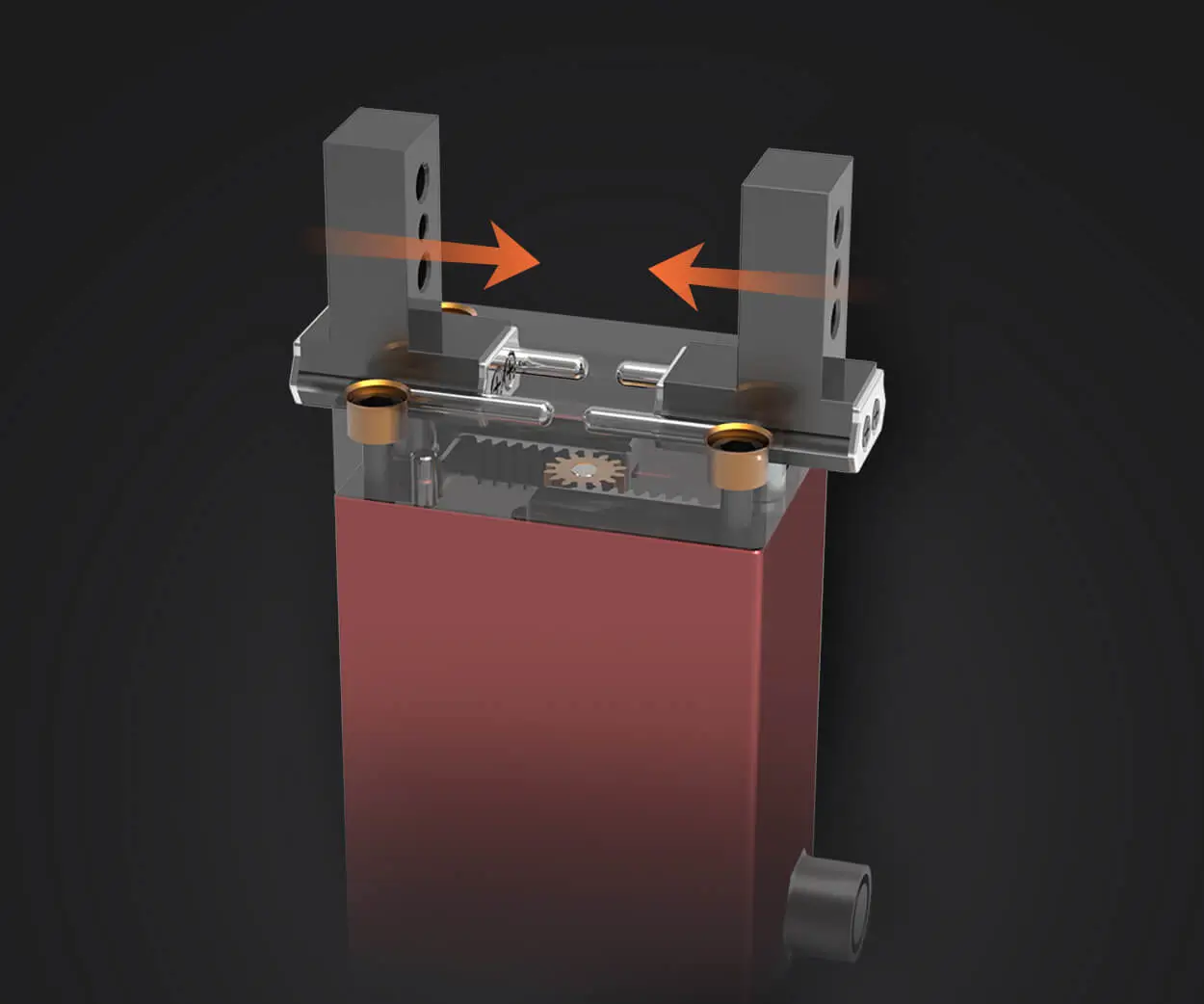Imagine a tiny electrical wizard, quietly working behind the scenes in your automated machine, robot arm, or even your camera autofocus system. That’s a servo motor for you—compact but mighty, holding a universe of precision within its coils. So, how does it actually make things move with such accuracy? Let’s peel back the curtain.

First off, the core idea: a servo motor combines a motor, a feedback sensor—usually an encoder—and a control circuit. Think of the encoder as the motor’s little detective, constantly reporting its position back to the brain. This real-time information journey is what keeps everything on point.
When you send a command—say, rotate that robotic arm to a specific angle—the control circuit kicks into action. It compares where the motor is right now versus where it needs to be. If there's a gap, the circuit adjusts power to the motor, nudging it closer to the target position. This process happens countless times per second—like a fast-paced game of "hot or cold"—making tiny micro-adjustments until the motor hits the mark perfectly.
It’s fascinating when you think about it: that feedback loop is what makes servo motors so reliable for high-precision tech, from tiny drones to massive CNC machines. The moment the motor reaches the correct position, the circuit gently reduces power, holding it steady—no overshoot, no fuss. This constant juggling act is why servo motors excel at tasks requiring exact angles, torque, or speed.
But here’s a question that piques curiosity: why do some servo motors feel like they’re alive? Well, that’s because their feedback system is constantly watching and correcting. You can even say they “think” about their position—kind of like a driver checking mirrors and adjusting their steering accordingly.
Picture a camera focusing lens. As it adjusts focus rapidly, a tiny servo motor whizzes back and forth, fine-tuning the lens to perfect clarity. Or think about a robotic arm assembling tiny electronics—they rely on servo motors to position each part with sub-millimeter accuracy.
What makes these motors so special isn’t just their mechanism but their adaptability. You can control them with simple signals—pulse width modulation (PWM)—and they’ll respond with finesse. Want them to spin quickly? Just ask. Need them to hold a position without drifting? The servo’s got your back.
So, when evaluating which motor to add to your project, understanding this core principle is golden. The combination of rapid feedback, precise control, and sturdy design creates a device that turns electrical energy into controlled movement seamlessly. It’s a tiny powerhouse that’s reshaping how machines move, think, and work smarter every day.
Established in 2005, Kpower has been dedicated to a professional compact motion unit manufacturer, headquartered in Dongguan, Guangdong Province, China. Leveraging innovations in modular drive technology, Kpower integrates high-performance motors, precision reducers, and multi-protocol control systems to provide efficient and customized smart drive system solutions. Kpower has delivered professional drive system solutions to over 500 enterprise clients globally with products covering various fields such as Smart Home Systems, Automatic Electronics, Robotics, Precision Agriculture, Drones, and Industrial Automation.




































